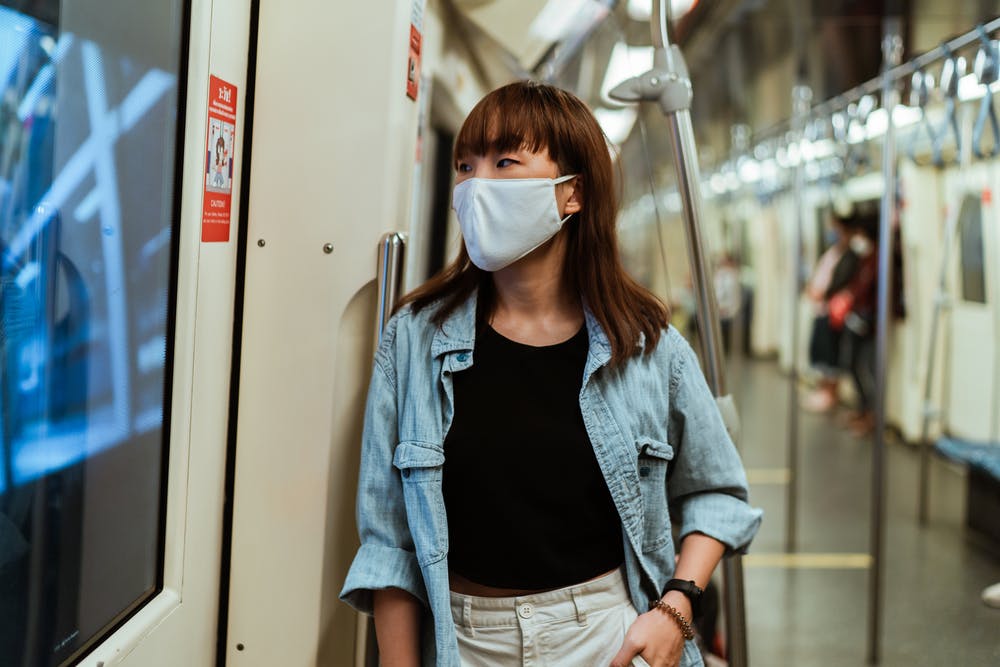
Random street crime seems to be on the rise, at least if you read the news. Whether it’s yet another shooting in Philadelphia, the stabbings in New York City, or the “follow home” robberies in Los Angeles, it seems like there’s always something popping up multiple times a day. Leaving the house can be a scary proposition even if you aren’t in one of those areas. I’d like to suggest to you that it’s not as bad as it may seem, and that you don’t need to be afraid of going out and doing the things you want to do. While I could quote the statistics at you to try to convince you that your odds of being shot or stabbed or assaulted or robbed aren’t as high as you might fear, let’s focus on the things you can concretely control that will both help you feel safe and give you the agency to make yourself safe.
Start by reading between the lines about many of these incidents. While it’s certainly not true of all of them, a fair number involve some combination of populations at risk for being victims of violent crime, places that are or should be known to be potentially problematic, and times when it’s not strange that bad guys might come out and play. John Farnam, a well-respected defensive firearms trainer, has a rule about that. To paraphrase: avoiding danger is about avoiding stupid people in stupid places at stupid times. It shouldn’t, for example, be a surprise that if you hang around folks who deal in illegal drugs that their business disputes might spill over onto you. It probably also isn’t a shock to you that rolling through a neighborhood where attacks have happened in the past might be an area where they might occur again. And it’s likely predictable that you might run into trouble taking a walk through a city park after dark, or loitering outside a bar after last call.
That’s not to say we must avoid all of those if we want safety and security. After all, the most fun and exciting parts of life often involve some healthy dose of the unwise. However, there’s a difference between diving heedlessly into a high-risk situation and stepping in knowing that something could go wrong and preparing for that possibility. Caution isn’t – or at least doesn’t have to be – driven by terror or fear. It can simply be a practical acknowledgment that risk exists and that you should mitigate it. Think of it like bundling up more warmly as temperatures drop or testing only a tiny mouthful of a new dish: small steps you take to ensure you won’t be cold or that you won’t be stuck with a giant bite of lava food burning your mouth…just with higher stakes. As long as you stay thoughtful and intentional about where you go, who you go with, and when you go, you will be able to avoid or head off a large portion of the “random” crimes that make headlines.
Some attacks do come in unexpected settings, though, or you misread the potential for danger somewhere and don’t take as many precautions as might have been wise. You need not be helpless then either, if you have a base level of preparation to respond to people who might want to hurt you. That’s where getting training in using verbal and physical deescalation and defensive skills is especially helpful, along with the kind of mental preparation that comes from reading news stories or watching assault videos with a critical eye, for the lessons you can learn in spotting situations that can go downhill. Maybe you don’t think about it before you head out the door, but you notice someone watching your holiday shopping a little too closely while you are at a store. Any early warning tingle you get is better than not knowing your day is going to go wrong until you are suddenly ambushed. More specifically, studying pre-assault cues can give you an idea that an attack is imminent and that you better get to defending yourself now. When you can spot a bad guy coming, you may be able to deter them from finishing their thought of hurting you, the earlier the better, but you can stop them or save yourself even after they have already started to do you harm.
Having the skills and carrying the tools that allow you to keep yourself self aren’t just useful in the event something goes horribly wrong. They’re part of what can give you the confidence to go out there in the first place even if you know bad guys roam the world, because you’ll know that you will be able handle a worst-case scenario. The trick is to make sure that those skills are well-polished and the tools are truly effective, so that they do not give you a false sense of security. In order to do that, you’ll need to research what you’re using with reputable sources, and practice using them on a regular basis against true resistance. That means you have to try them out in safe environments, against people who working with and against you to expose the gaps and weaknesses in your defensive toolkit, because there will be some. It’s okay, even preferable, that there are because finding them allows you to fill those holes whether by getting in some more practice or by learning a new strategy, before you need it for real.
The reality is that none of us can keep ourselves completely safe no matter where we go. At the same time, we should be realistic that we aren’t also in ever-present danger anywhere we are. Some environments might seem or be more dangerous than others, but we can stack the deck in our favor and have relative certainty that we will remain safe by reducing the potential risks as much as possible.




